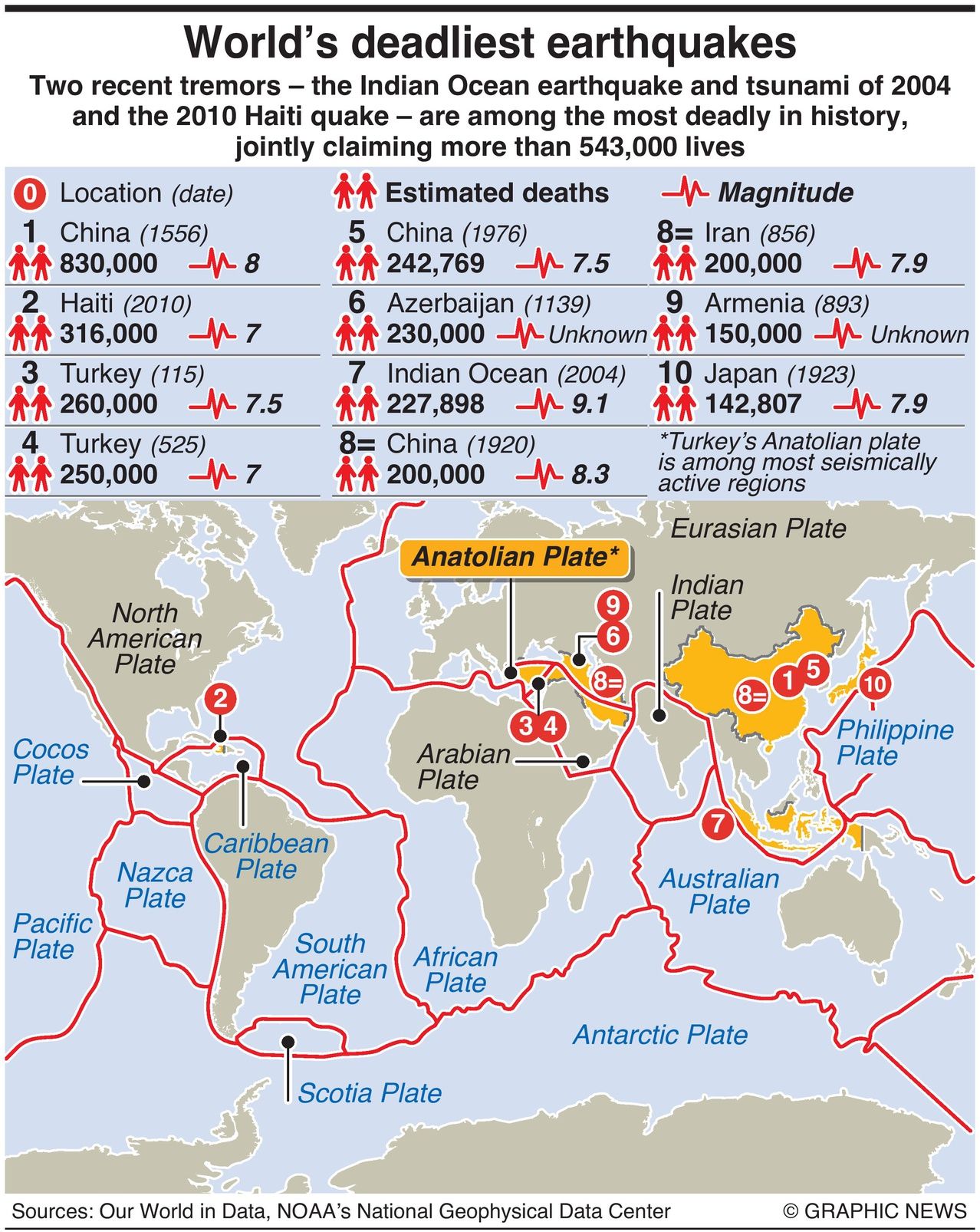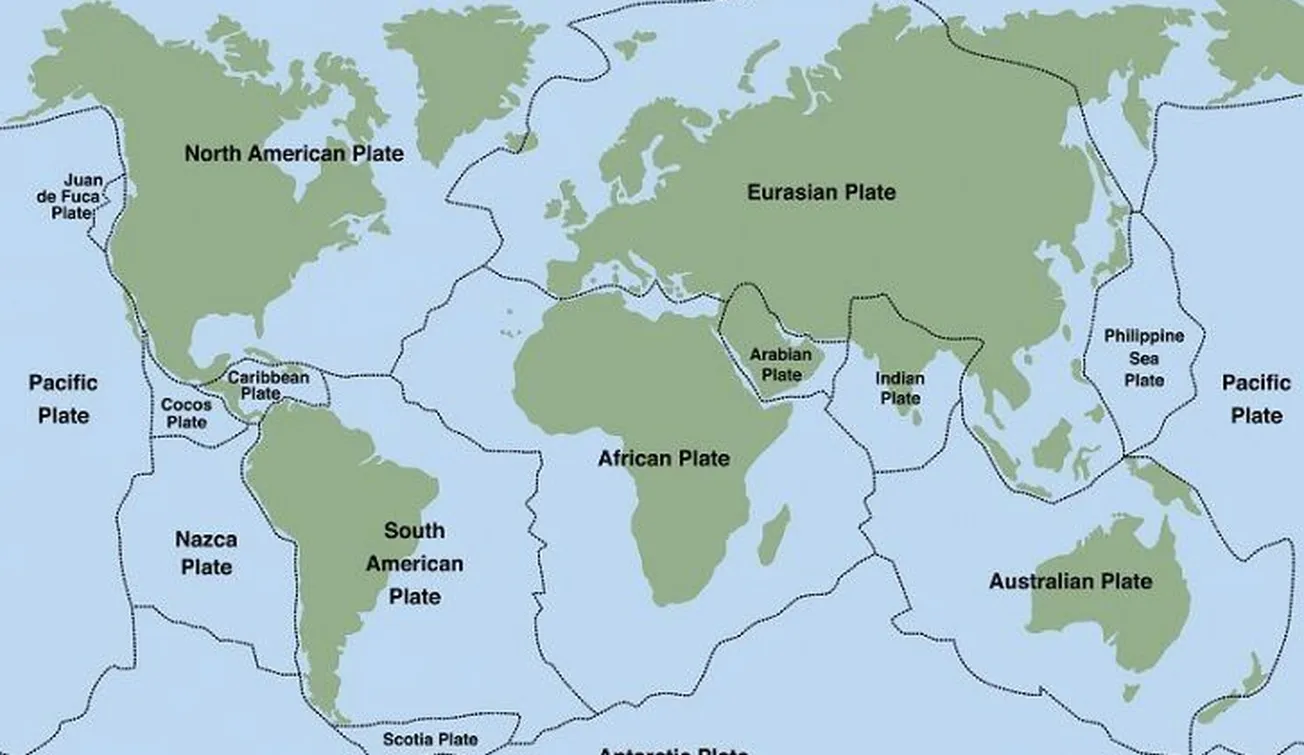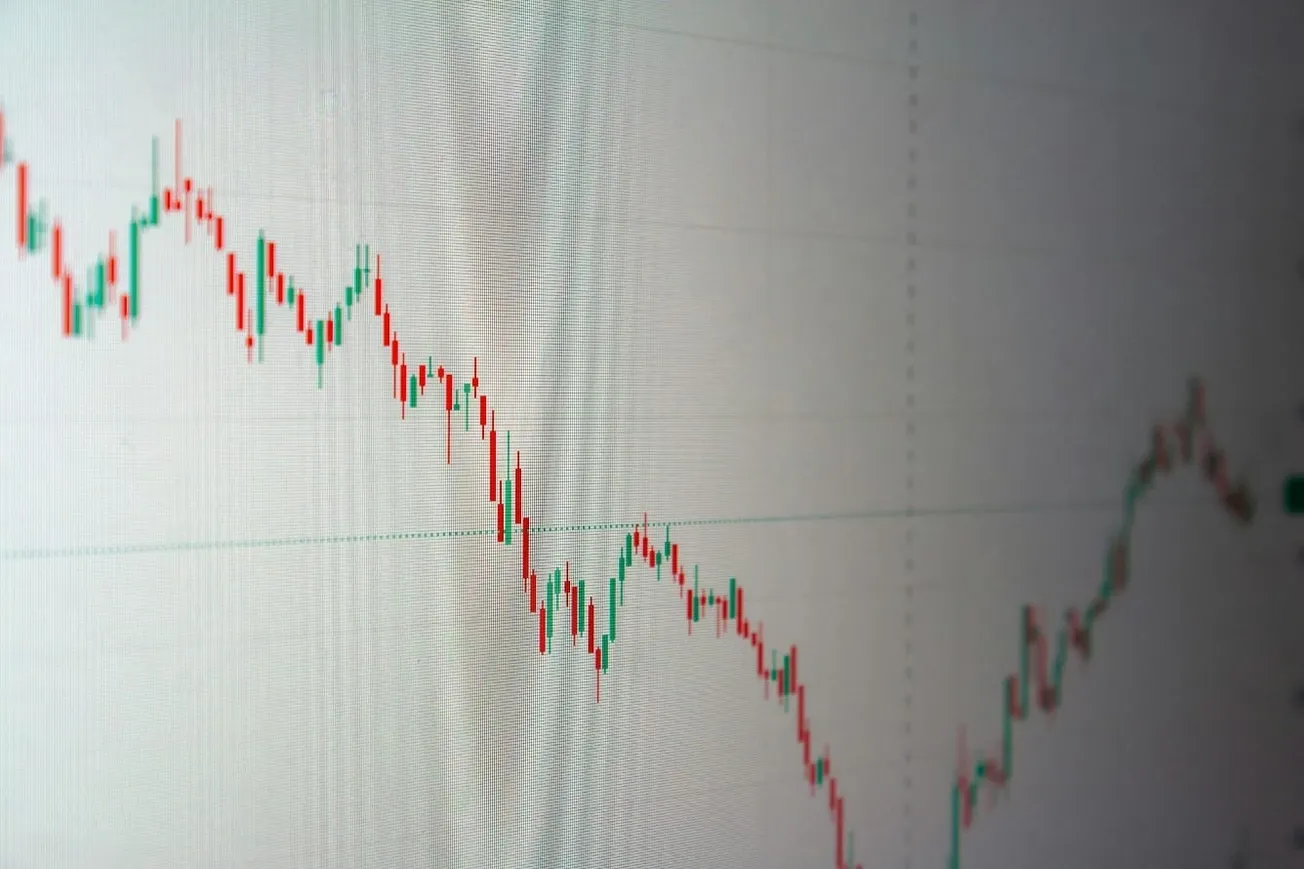Two recent tremors -- the Indian Ocean earthquake and tsunami of 2004 and the 2010 Haiti quake -- are among the most deadly in history, jointly claiming more than 543,000 lives.

The 7.8-magnitude earthquake and massive 7.5-magnitude aftershock in Turkey on Monday (February 6, 2023) are two of more than 70 quakes of magnitude 6.5 or higher recorded in the region since 1900.
Tectonic plates make up the earth’s crust. These tectonic plates move just centimeters each year and can collide, slide or subduct beneath each other as they move.
Turkey’s Anatolian tectonic plate is separated from the Eurasian and Arabian plates by the North Anatolian Fault and the East Anatolian Fault, respectively. These two fault zones make it one of the most seismically active regions in the world.
Monday’s quake was one of the most powerful earthquakes ever recorded in the area, matching the magnitude of an earthquake that killed more than 30,000 people in December 1939 in northeast Turkey.
The deadliest earthquake in Turkey was on December 115, when an estimated 260,000 people lost their lives in the 7.5 magnitude quake. This disaster hit the ancient city of Antioch (Antakya) -- a principal city of the Roman Empire.
Four centuries later, in March 526, Antioch was again devastated by a magnitude 7.0 quake that killed 250,000 people.
At least 11,200 are now confirmed to have been killed in Monday’s Turkey-Syria quake. Rescue workers -- from Turkey and international teams -- are racing against time to pull survivors from the devastation of flattened towns and cities in southern Turkey and northern Syria amid freezing temperatures.








